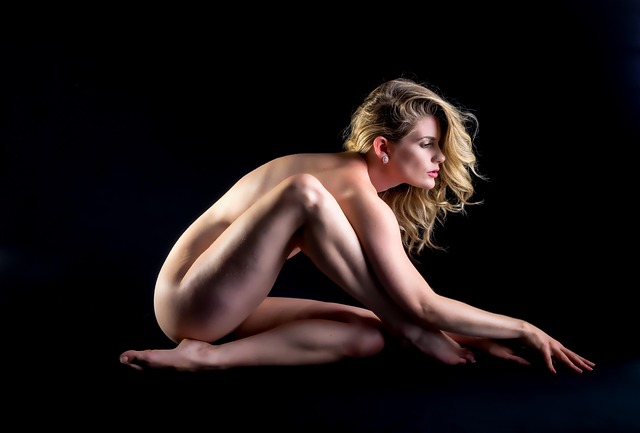Understanding your skin type is crucial for a smooth chest waxing experience. Pre-treatment involves exfoliation (24-48 hours before) and using gentle, hypoallergenic products to minimize irritation. A pre-waxing process including exfoliation and moisturizing prepares the skin, preventing ingrown hairs and improving results. This preparation ensures a more comfortable and effective chest waxing session.
Preparing your skin for a chest waxing session is crucial for achieving smooth, long-lasting results. This comprehensive guide will walk you through essential steps to ensure a comfortable and effective experience. First, understand your skin type to tailor your approach. Regular exfoliation enhances absorption of wax. For sensitive skin, opt for gentle products designed specifically for reduced irritation. Pre-wax treatments further prepare your chest, leading to a smoother finish. Follow these tips for a successful chest waxing routine.
Understand Your Skin Type Before Chest Waxing
Before booking your chest waxing session, understanding your skin type is essential for a smooth and comfortable experience. Different skin types require tailored care, especially when it comes to sensitive areas like the chest. If you have normal skin, you’re lucky—it’s usually less reactive and easier to wax. However, those with dry or sensitive skin might experience discomfort during the process due to their skin’s tendency to be more delicate and prone to irritation.
On the other hand, oily skin can also present unique challenges as it tends to trap hair, making waxing more difficult. Knowing your skin type allows you to prepare effectively by using appropriate cleansers, exfoliators, and pre-wax treatments recommended by a professional esthetician. This step is crucial for achieving the best results and minimizing potential skin irritation during the chest waxing procedure.
Exfoliate Regularly for Optimal Results
Regular exfoliation is a crucial step in preparing your skin for a chest waxing session. By removing dead skin cells and unclogging hair follicles, exfoliation ensures a smoother and more efficient waxing process. It also helps reduce the risk of ingrown hairs, a common issue after waxing. Incorporate an exfoliating body scrub or a loofah into your weekly skincare routine to maintain optimal results.
Focus on areas where you plan to get a chest waxing, such as the breasts and upper abdomen. Exfoliate at least 24-48 hours before your appointment to give your skin enough time to heal and achieve the best possible outcome. This simple step can make a significant difference in how your waxed chest looks and feels post-treatment.
Choose the Right Waxing Products for Sensitive Skin
When preparing for a chest waxing session, selecting the right products is paramount, especially if you have sensitive skin. Opt for waxes specifically designed for delicate areas to avoid irritation and discomfort during and after the procedure. Look for products that are gentle, hypoallergenic, and contain soothing ingredients like aloe vera or chamomile. These formulas are less likely to cause skin reactions, making the chest waxing experience more comfortable.
Additionally, consider using pre-waxing treatments and post-waxing soothers as part of your skincare routine. These can include exfoliating scrubs to remove dead skin cells, reducing hair growth, and preparing your skin for wax removal. Post-waxing lotions or creams with calming properties will help soothe any lingering sensitivity and support your skin’s recovery process.
Prepare Your Skin With a Pre-Wax Treatment
Before your chest waxing session, incorporating a pre-wax treatment into your skincare routine is essential for achieving optimal results and minimizing potential discomfort. This step involves exfoliating and moisturizing the skin to ensure it’s smooth and supple. Exfoliation helps remove dead skin cells, allowing for a closer hair removal and reducing the chances of ingrown hairs. You can use a gentle exfoliant or a loofah to gently scrub your chest area, focusing on areas where hair tends to be coarser.
After exfoliating, apply a hydrating moisturizer suitable for sensitive skin. This will nourish and soothe your chest, making it more receptive to the waxing process. A good pre-wax treatment not only prepares your skin but also helps create a smoother transition during the waxing, resulting in cleaner and longer-lasting hair removal effects, particularly for procedures like chest waxing.
Preparing your skin for a chest waxing session involves understanding your skin type, regular exfoliation, choosing suitable waxing products, and a pre-wax treatment. By following these steps, you can ensure optimal results and minimize discomfort during the chest waxing procedure. Remember, healthy, well-prepared skin is key to achieving smooth, long-lasting results.
